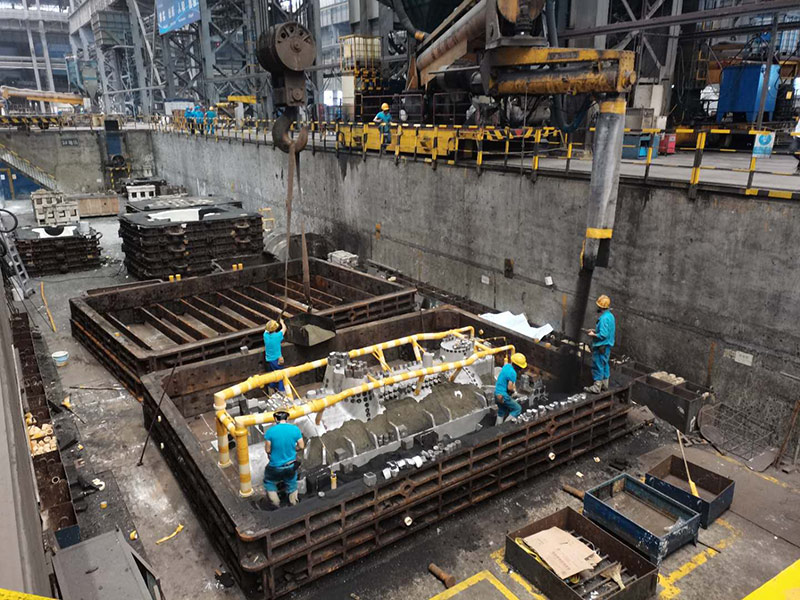The Properties of Foundry Sand Essential Factors for Quality Casting
Foundry sand, a critical component in the metal casting process, plays a pivotal role in shaping the final product's quality and performance. This specialized sand is predominantly composed of silica, with other materials like clay, water, and additives also contributing to its properties. Understanding the characteristics of foundry sand is essential for optimizing casting operations and achieving superior results.
The Properties of Foundry Sand Essential Factors for Quality Casting
Another important property is the shape of the sand grains. Ideally, foundry sand should have rounded or sub-rounded grains, as this shape maximizes flowability and boosts compaction. Angular grains may offer higher strength but can also lock together, reducing moldability and casting accuracy. Thus, achieving the right balance in grain shape is critical for effective mold making.
foundry sand properties

Moisture content is another key factor in foundry sand properties, significantly affecting the sand's cohesiveness and strength. The right amount of moisture ensures that the sand binds together well, forming a solid mold that can withstand the pressure of molten metal. However, excessive moisture can weaken the mold and lead to casting defects, such as blowholes or misruns. Therefore, careful monitoring and control of moisture levels are essential.
The chemical composition of foundry sand is also crucial. Impurities or undesirable components can react with molten metal, leading to contamination or defects in the final casting. For instance, high levels of certain oxides can cause problems such as reduced fluidity or formation of inclusions. Hence, using clean, well-processed sand not only improves the quality of the cast but also extends the lifespan of molds and castings.
Lastly, the thermal properties of foundry sand—such as its thermal conductivity and heat resistance—play a significant role in controlling cooling rates during casting. Sands with higher thermal conductivity can help manage the temperature gradient in molds, reducing thermal stresses and enhancing the overall performance of the casting process.
In conclusion, the properties of foundry sand significantly influence metal casting quality. By carefully selecting and processing sand based on its grain size, shape, moisture content, chemical composition, and thermal properties, foundries can enhance mold performance, minimize defects, and ensure superior casting outcomes. Understanding these properties is not just about producing better castings; it's about fostering innovation and efficiency in the foundry industry.
Post time:ಸೆಪ್ಟೆಂ . 11, 2024 19:40
Next:Advantages and Disadvantages of Sand Casting
